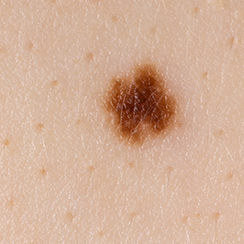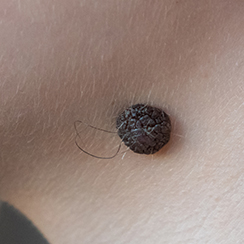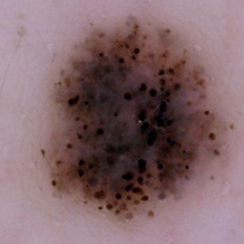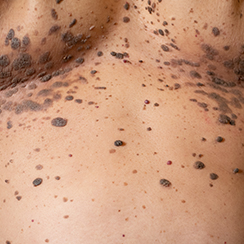A mole is a non-cancerous growth on skin made up of cells that produce melanin.
Moles are common. Almost every adult has a few of them. Adults who have light skin often have more moles. They may have 10 to 40 moles on their skin. This is normal.
For adults, new moles and changes to existing moles can be a sign of melanoma. Caught early, melanoma is highly treatable.
Four or more atypical moles.
Already had a melanoma.
A first-degree relative (parent, brother, sister, or child) who had melanoma.
Larger than an eraser on the end of a pencil.
Have an odd shape (not round).
Show more than one color—mixes of tan, brown, red, and pink.




Moles come in all shapes and sizes. So does treatment from Tieman Dermatology. Book your appointment today!